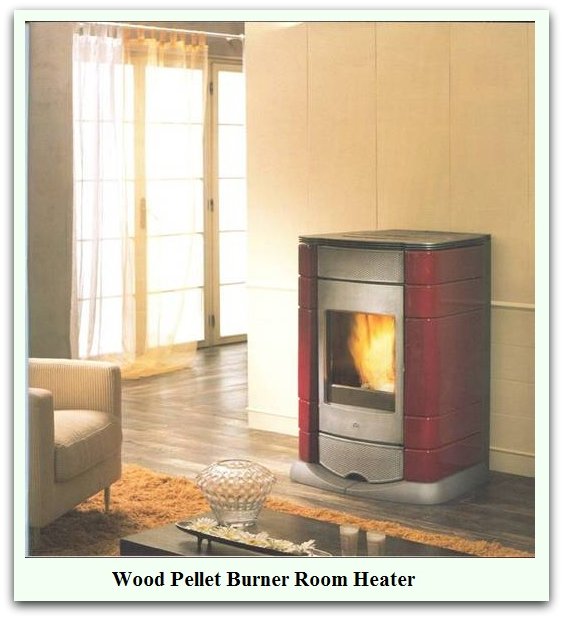Wood Pellet ( Solid Fuel )
Wood pellets
Are a type of wood fuel, generally made from compacted sawdust. They are usually produced from the byproduct of sawmilling and other wood transformation activities. The pellets are extremely dense and can be produced with a low humidity content (below 10%) that allows them to be burned with a very high combustion efficiency. Further, their regular geometry and small size allow automatic feeding with very fine calibration. They can be fed to a burner by auger feeding or by pneumatic conveying.
Their high density also permits compact storage and rational transport over long distance. They can be conveniently blown from a tanker to a storage bunker or silo on a customer's premises. As the price of oil-fuel increases, more capacity for pellet heating has been installed. A large number of models of pellet stoves, central heating furnaces and other heating appliances have been developed and marketed since about 1999. With the surge in the price of fuel in 2005, the demand has increased all over the world and a sizable industry is emerging.
Pellet Production
Pellets are produced by compressing the wood material which has first passed through a hammer mill to provide a uniform dough-like mass. This mass is fed to a press where it is squeezed through a die having holes of the size required (normally 6 mm diameter, sometimes 8 mm or larger). The high pressure of the press causes the temperature of the wood to increase greatly, and the lignin plastifies slightly forming a natural 'glue' that holds the pellet together as it cools.
Pellets of less than 10% water content, are uniform in density (density in excess of 1 ton / cubic meter, so they do not float if placed in water), have good structural strength, and low dust and ash content. Because the wood fibers are broken down by the hammer mill, there is virtually no difference in the finished pellets between different wood types. Pellets can be made from any wood variety, provided the pellet press is equipped with good instrumentation, the differences in feed material can be compensated for in the press regulation.
Energy output
Pellet heating systems provide a low-net-CO2 solution, because the quantity of CO2 emitted during combustion is equal to the CO2 absorbed by the tree during its growth. With the high efficiency burners developed in recent years, other emissions such as NOx and volatile organic compounds are very low, making this one of the most non-polluting heating options available.
The energy content of wood pellets is approximately 4.8 MWh/ton (or about 17 million BTU/ton).
Advantages
- Every 2.2 tones of pellets used prevents 1,000 liters of oil being burnt, saving approximately 2 tones of CO2.)
- Wood pellets are clean and CO2-neutral.
Potential Issues
- Due to the rapid increase in popularity since 2005, Pellet availability and cost may be an issue. This is an important consideration when buying a pellet stove, furnace, or pellet basket. However, current pellet production is increasing and there are plans to bring several new pellet mills online in 2008-2009, in the US alone.
- Cost of the pellets has begun to rise as less wood by-products are being created due to the slowing of the housing boom.
Use in Europe
Pellets are most widely used in Europe as an alternative to oil-fired central heating. In Austria, the leading market for pellet central heating furnaces (relative to its population), it is estimated that 2/3 of all new domestic heating furnaces are pellet burners. In Italy, a large market for automatically-fed pellet stoves has developed. Although in the U.S., the inexpensive way of burning wood pellets is with pellet baskets in your existing fireplace or wood stove.
Use in the United States
Currently, there are several companies investing in pellet burning technology. TARM USA has been importing European-made boilers for five years, and Maine Energy Systems hopes to convert 10% of Maine households to wood pellet heat in the 2008-2009 heating season. Maine Energy Systems is using a Bosch/Janfire boiler/burner system..


Wood Pellet

__________________________________________________________________________________
Copyright ©2016 Recycling Consult. All rights reserved